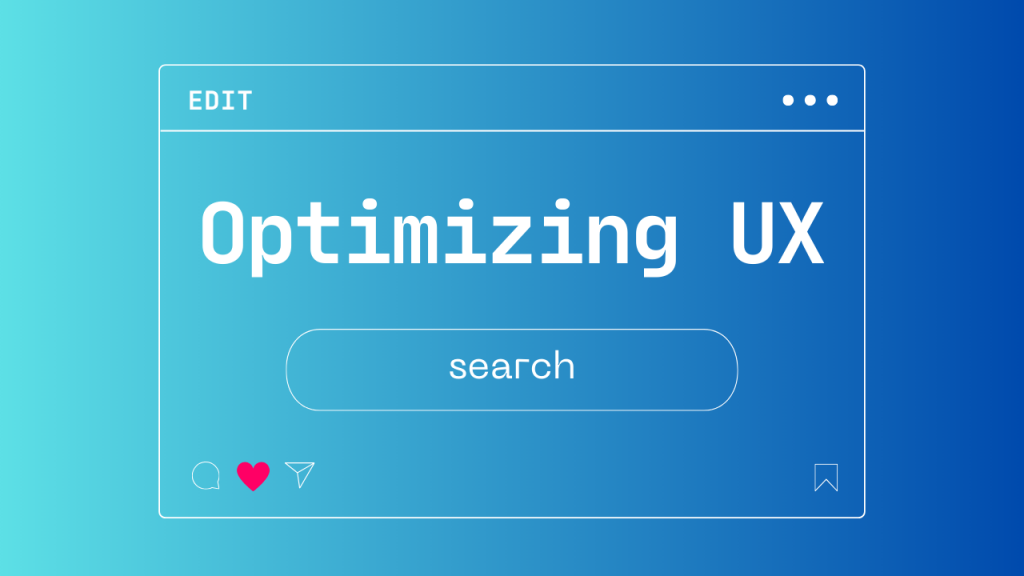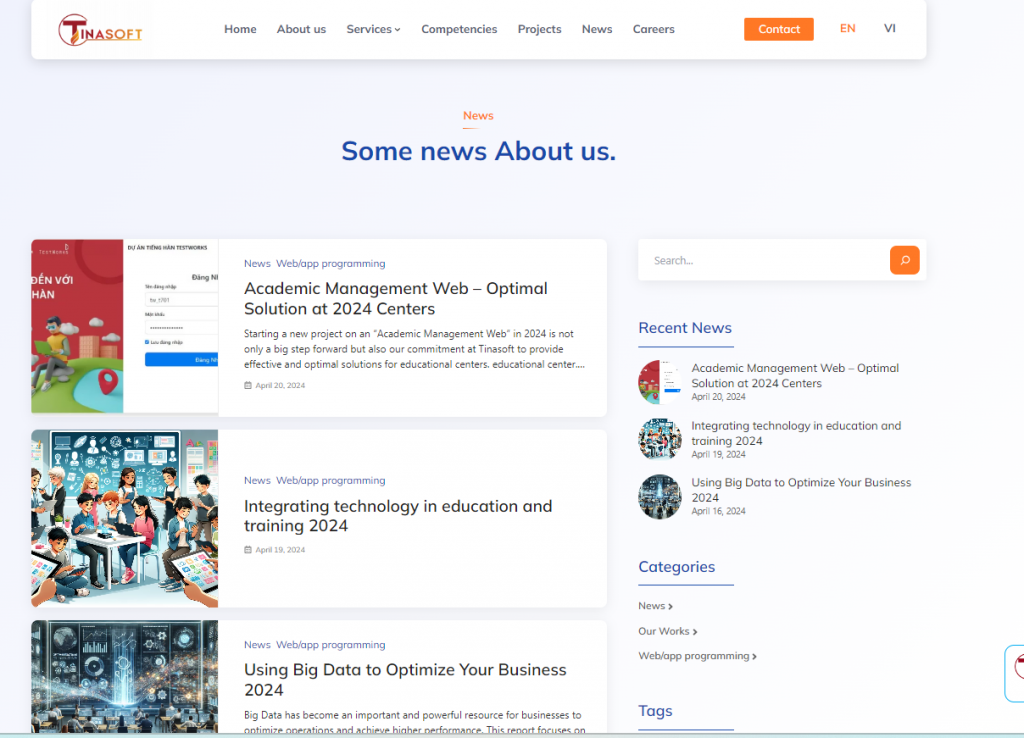
User experience (UX) on a business website significantly impacts engagement and customer satisfaction. Here’s how to enhance your website through improved speed, user-friendly design, optimized content, and increased security.
1. Improve Page Load Speed
Page load speed is a critical factor in user experience. Slow websites can frustrate users and lead to higher bounce rates. Here are some strategies to enhance your website’s speed:
- – Optimize Images: Compress images without compromising quality. Use modern formats like WebP and implement lazy loading to defer offscreen images.
- – Minimize HTTP Requests: Reduce the number of elements on your page. Combine files like CSS and JavaScript where possible.
- – Leverage Browser Caching: Store static resources in the user’s browser for a specified time, reducing the need to reload these elements on subsequent visits.
- – Use a Content Delivery Network (CDN): Distribute your content across various servers worldwide to ensure quicker delivery to users based on their geographic location.
- – Minimize and Compress Code: Use tools to minify CSS, JavaScript, and HTML, removing unnecessary characters and whitespace.

2. Design User-Friendly Interfaces
An intuitive, user-friendly interface design is essential for retaining visitors and encouraging interaction. Consider the following design principles:
- – Simplicity: Keep your design clean and straightforward. Avoid clutter and focus on essential elements that serve a purpose.
- – Consistency: Ensure a consistent layout, color scheme, and typography throughout your website. This helps users navigate and understand your site more easily.
- – Accessibility: Make your website accessible to all users, including those with disabilities. Use semantic HTML, provide alt text for images, and ensure your site is navigable via keyboard.
- – Responsive Design: Ensure your website looks and functions well on all devices, from desktops to smartphones. Use flexible grids and media queries to adapt your layout to different screen sizes.
- – Clear Navigation: Use a logical structure for your navigation menu. Employ breadcrumb trails and internal links to guide users and help them find information quickly.

3. Optimize Content
Content is king, but it must be optimized to meet the needs of your audience and search engines. Here are some tips:
- – Quality Over Quantity: Focus on creating high-quality, informative content that provides real value to your users. Avoid thin, repetitive content.
- – SEO Best Practices: Implement search engine optimization techniques, such as using relevant keywords, meta tags, and structured data. Ensure your content is easily crawlable by search engines.
- – Engaging Formats: Use a mix of text, images, videos, and infographics to make your content more engaging and easier to digest.
- – User-Centric Content: Write for your audience. Understand their pain points and address them through your content. Use clear, concise language and avoid jargon.
- – Regular Updates: Keep your content fresh and up-to-date. Regularly review and update your website to ensure all information is current and relevant.

4. Enhance Security
Security is a top priority for any business website, as breaches can damage your reputation and result in significant financial losses. Implement these security measures:
- – SSL Certificates: Ensure your website uses HTTPS by installing an SSL certificate. This encrypts data transmitted between your website and users, protecting sensitive information.
- – Regular Software Updates: Keep all software, including your CMS, plugins, and themes, up-to-date to protect against vulnerabilities.
- – Strong Password Policies: Enforce strong password policies for all user accounts and consider implementing multi-factor authentication.
- – Regular Backups: Schedule regular backups of your website to ensure you can quickly restore it in case of a security incident.
- – Web Application Firewall (WAF): Implement a WAF to protect your website from common threats like SQL injection, cross-site scripting, and other attacks.
Conclusion
Optimizing user experience involves boosting speed, designing intuitively, enhancing content, and ensuring security. These steps attract and retain visitors, driving business success. Large businesses seeking to elevate their online presence should prioritize these strategies to invest in their future.













